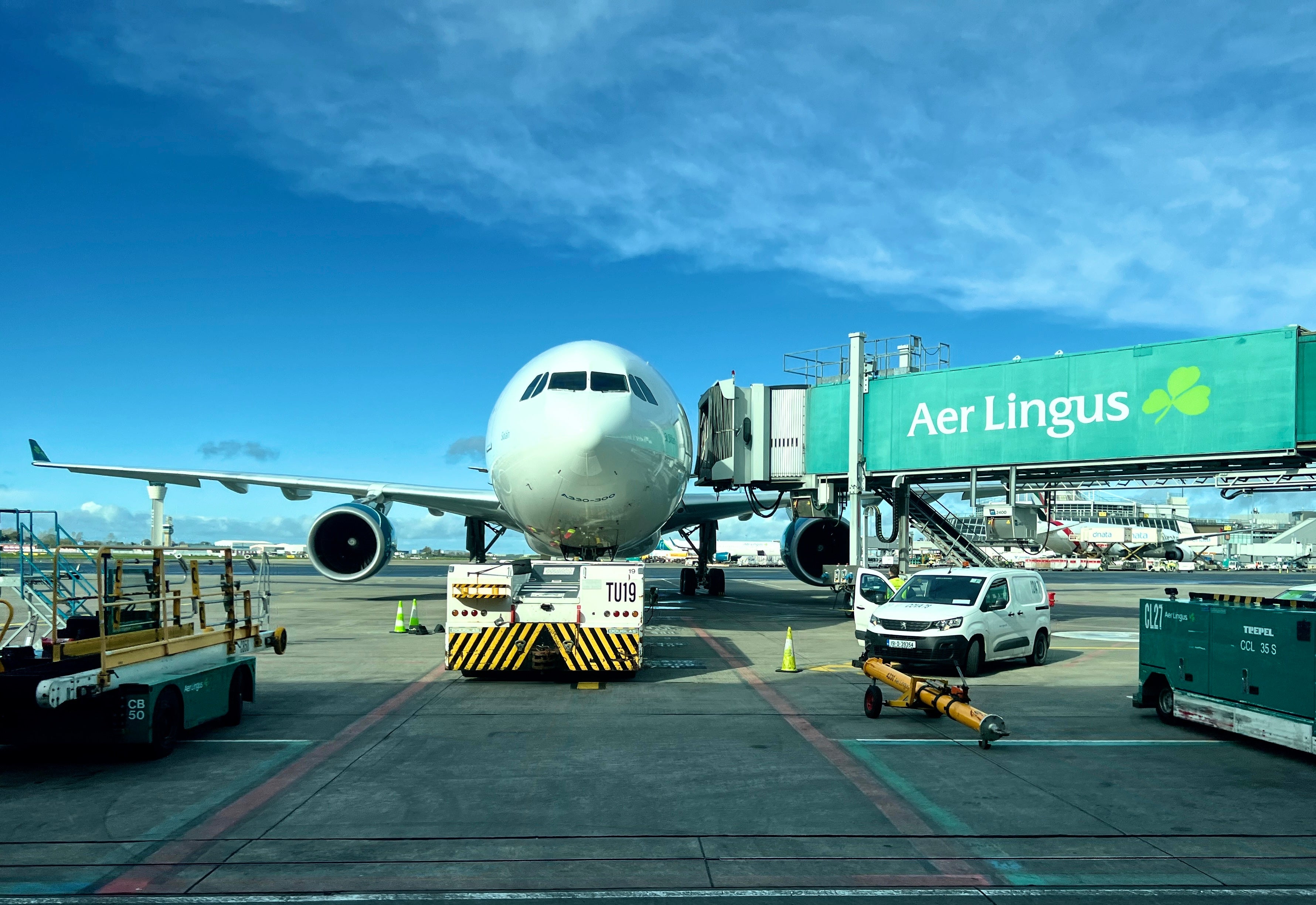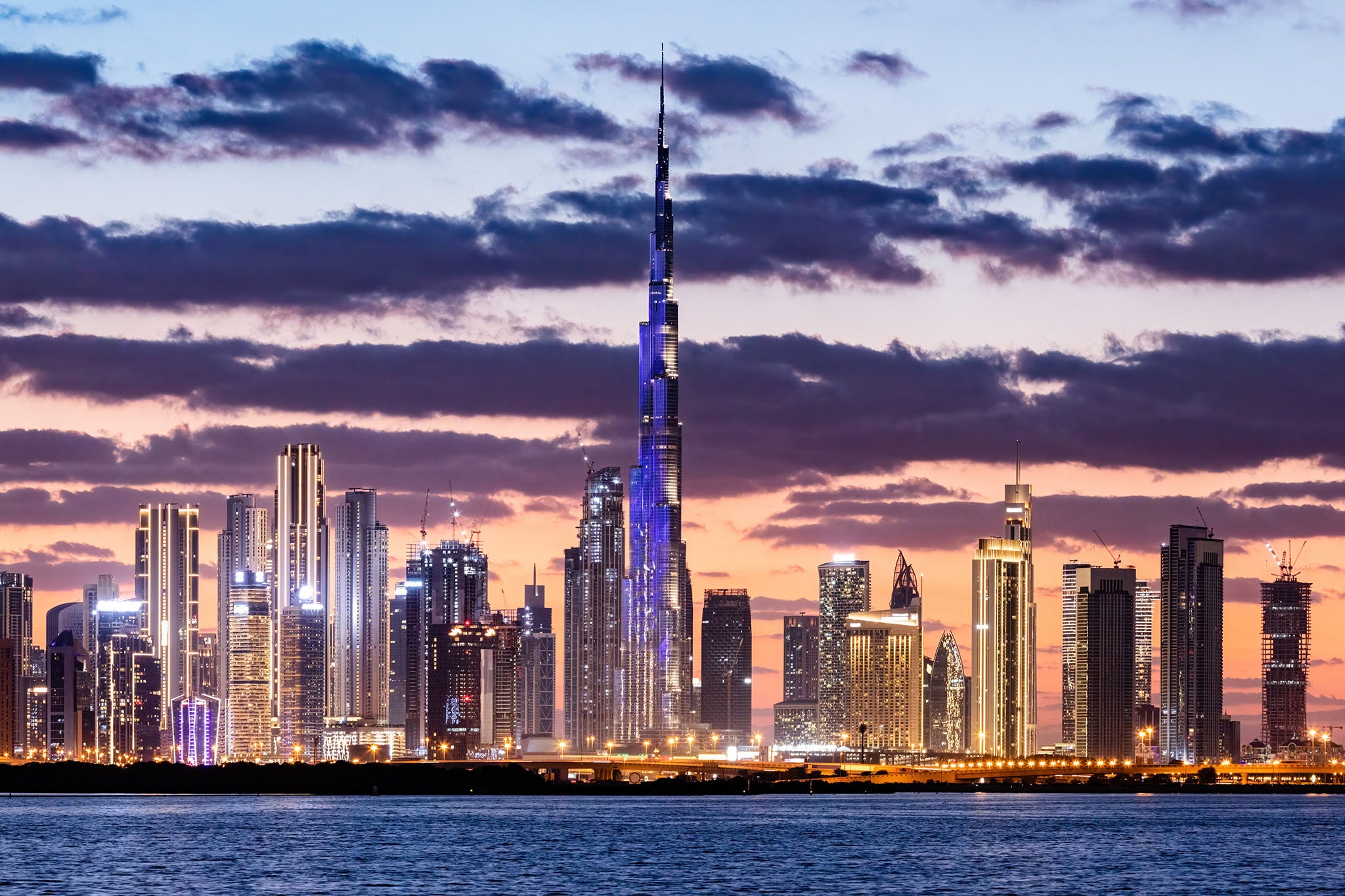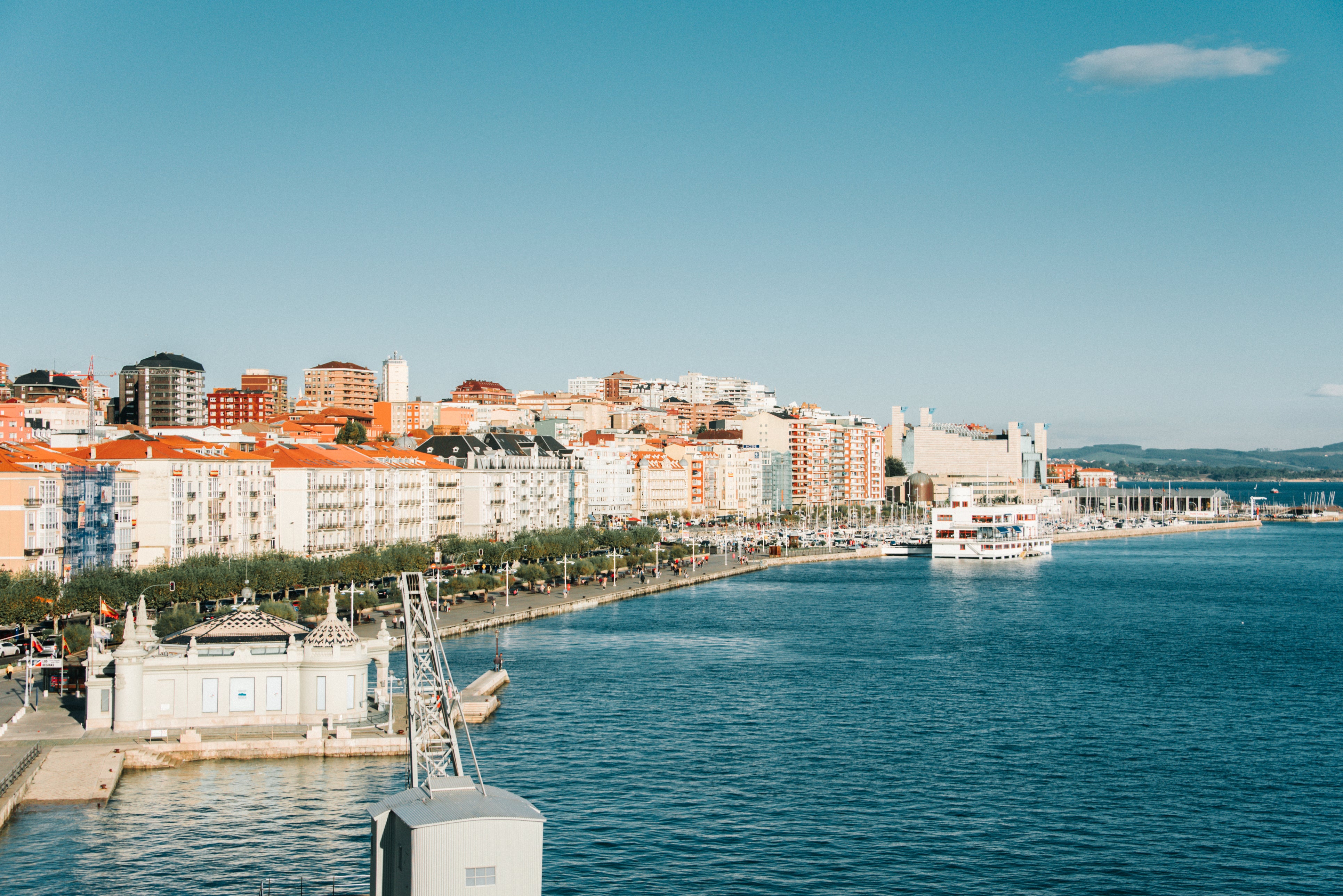How prepared are airports for emergency diversions?
Simon Calder answers your questions on mid-flight medical emergencies, US travel safety, swerving jet lag, and seeing Spurs in Bilbao


Q I was on a Cathay Pacific flight from Hong Kong to London Heathrow that diverted to Baku in Azerbaijan because of an onboard medical emergency. I was surprised to find that we arrived at Heathrow only two hours late as a result.
How well prepared for diversions are places like Baku, or would it have been a surprise for the airport?
Jane M
A Medical diversions are becoming more frequent, mainly because of increasing numbers of older passengers flying. The captain will have made a decision in the best interests of the poorly passenger: to land as soon as possible at a location where good medical help was immediately available. I hope the passenger’s treatment was successful and that they are recovered.
Baku is no stranger to diversions. Following the Russian invasion of Ukraine, the Azeri capital is well positioned on the main air route between east Asia and Europe.
The standard routing from Hong Kong to London for Cathay Pacific involves flying northwest across much of China, then traversing southern Kazakhstan, Uzbekistan and the Caspian Sea, and making landfall in Azerbaijan just north of Baku. This is because most aircraft must avoid airspace under Kremlin control, and the southern tip of Russia is close to Baku. (In normal times planes would take a range of routes over western Russia.)
With dozens of overflights daily, and excellent medical facilities, Baku is the first decent diversion option after crossing Almaty, about 1,400 miles further east.
Hats off to the airlines and the ground handlers for dealing with the diversion so expeditiously. Many such events involve hours of waiting on the ground: the patient needs to be assessed and taken away for treatment; their luggage, and that of any passengers travelling with them who decide to leave the aircraft, must be removed.
The crew will have to deal with lots of paperwork to do with local regulations and changes in the payload (passengers plus baggage). And more fuel must be taken – and paid for, if the airline does not normally operate from the diversion airport. Sometimes the plane ends up having to stay overnight because the crew run “out of hours”.
The flight crew were able to complete the trip despite the stop as extra pilots are carried on ultra-long flights. They will have been particularly keen to reach London in order that the corresponding return flight was not delayed; many passengers have tight connections in Hong Kong.

Q We are hoping to travel from the UK to the US in early July to visit our friends in Indiana and then travel with them in their car to Niagara Falls. I have a British passport and my partner has an Australian passport. Our American friends have heard the UK government is discouraging travel to the US. I couldn’t find anything about this on gov.uk. But we would appreciate your take on our plans.
Sheila L
A Your trip sounds excellent. I am a great fan of the US Midwest, and always find it friendly and fascinating. The journey to Niagara will be terrific, too, whether you travel via Detroit (a border crossing point to Canada) or through Ohio and Pennsylvania to Buffalo in New York State, a short hop to the falls.
One government has been actively discouraging travel to the US – but it isn’t the British. Immediately upon taking office, President Trump ordered much tougher controls on “all aliens seeking admission to the United States”, demanding they are “vetted and screened to the maximum degree possible”. The move raised fears among some prospective visitors that they may be deported merely for voicing criticism of the new administration. Unlike some European nations, the UK has not warned specifically about the tougher controls.
Taken with some people’s concerns about the White House attitude towards everything from Ukraine to diversity, all the signs are that there will be a downturn in tourism to the US this summer. But I am planning to travel there and expect the usual warm welcome; even the Customs and Border Protection staff have been friendly on my last few visits.
The best advice I can offer is practical. Wherever you are in Britain, there will be a cheap flight from a nearby airport to Dublin. Once there, you can fly on Aer Lingus on the newly inaugurated route from the Irish capital to Indianapolis. Best of all, you clear US formalities while still at Dublin airport, saving time and stress on arrival.
For your homeward journey, I suggest you consider coming back from Toronto. It is only two hours by road or rail from Niagara, with lots of cheap flights, and will save you the long drive back to Indiana.

Q My wife and I are planning a trip to Vietnam to visit our son and his family, who are currently living there. Can you advise us on the best way to minimise jet lag on the journey? My wife is badly affected by this, resulting in several uncomfortable days for her after the trip each way.
Steve D
A Rather like climbing a high mountain, the key to minimising jet lag is to break up the journey and allow plenty of rest in between. I have picked locations where, I hope, you will be able to spend some rewarding time.
The direct distance between London and the Vietnamese capital is around 5,737 miles. Were Russia open to visitors, the obvious stops would be Moscow, Astana in Kazakhstan and Urumqi in China. But the Foreign Office warns against all travel to Russia, and you may well not wish to visit even if the FCDO did not warn you off.
The route I propose is significantly longer, since it avoids Russian airspace. But I can vouch for all the en route stops. First, go to Antalya in southern Turkey – just over 1,800 miles from London, and two hours ahead. Stay here for at least 24 hours to appreciate its deep historic roots and eat extremely well. You can both start adjusting and also save a fortune on air passenger duty compared with a direct flight to Vietnam (£13 instead of £90).
Next, a 1,650-mile hop (roughly another four-hour flight) takes you to Dubai, currently three hours ahead. You can choose from a bewildering array of options, but I recommend the sunrise visit to the Burj Khalifa, the world’s highest building.
From here, take the longest flight, at almost 2,100 miles, to Kolkata: a great Indian city that is four and a half hours ahead of the UK (during BST). After another couple of days, you will be nicely adjusted and ready for the swift, sub-three-hour trip to Hanoi, where the time is six hours ahead.
Coming back, you could do something similar. But I believe the nature of westbound travel is less likely to discombobulate you and your wife. An easy morning flight from Hanoi will see you in Doha by lunchtime, with plenty to keep you occupied for 24 hours before a long afternoon trip home.

Q I am a Spurs fan and would love to be in Bilbao for the Europa League final on 21 May, but I refuse to pay the £1,000-plus fares charged by the airlines. How can they be allowed to get away with it? Also, I’ve heard that even hostels in Bilbao cost £500 a night. Shouldn’t the authorities cap the amount they can charge?
Ian C
A On 21 May, the San Mames Stadium in Bilbao in northern Spain will host the Europa League final between Tottenham Hotspur and Manchester United. Tens of thousands of fans will make the journey to Bilbao. Many of them, as you say, will pay thousands of pounds for flights and accommodation. To add a nuance, they will choose to pay huge amounts to be in the city for the football match. Comparing fares for this coming Tuesday 13 May with those a week later shows a typical mark-up of 1,000 per cent.
The airlines get away with it because they are not forcing anyone to pay excessively for a seat on a flight. They are simply making a product available and offering it at a price that some fans will see as worthwhile; the flights I am tracking, costing typically £600 or £700 one way, are selling out, which shows people are paying. These high fares encourage airlines to add extra flights to the usual four a day from London, which in turn is enabling many more Spurs fans to reach Bilbao quickly and comfortably.
If time is on your side, you could travel out a week ahead for as little as £56 one way on easyJet and enjoy this fine Basque city and its surroundings. After the match, too, waiting a few days for prices to subside will be a smart move; by Sunday 25 May, you can pay less than £50 to Gatwick on Vueling – down from a post-final peak fare of £940. But to avoid the extremely high hotel rates on 20 and 21 May, you will need to temporarily move out. I would choose to be in Santander: another lovely city, 90 minutes by express bus from Bilbao. The bus trip costs just £7 each way.
Email your question to s@hols.tv or tweet @SimonCalder
Join our commenting forum
Join thought-provoking conversations, follow other Independent readers and see their replies
Comments